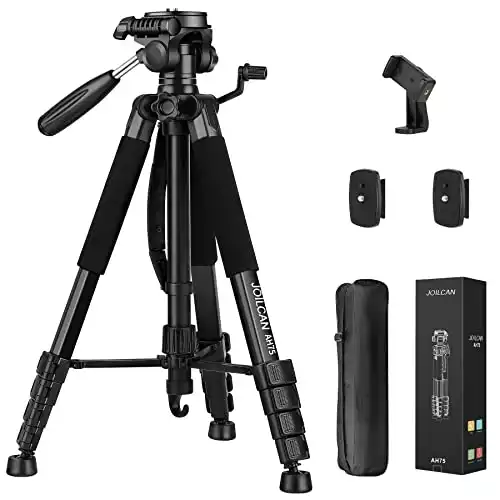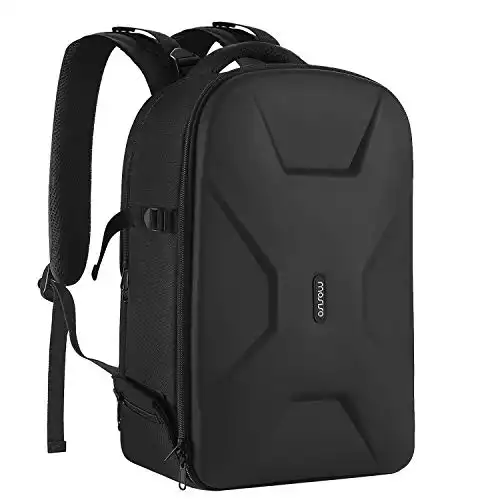The Complete Guide to Nature Photography for Beginners
Nature photography sounds simple, right? Just step outside, point your camera at something green and lush, and snap a photo.
But as a beginner, you’ve probably discovered it’s not that easy.
Your photos don’t do it justice. They’re bland, uninspired, or just miss the mark. Frustrating, isn’t it?
But here’s some good news: Our latest article is like a key to a hidden garden. It’s tailored for beginners in nature photography and packed with insights and tips that are easy to understand and apply.
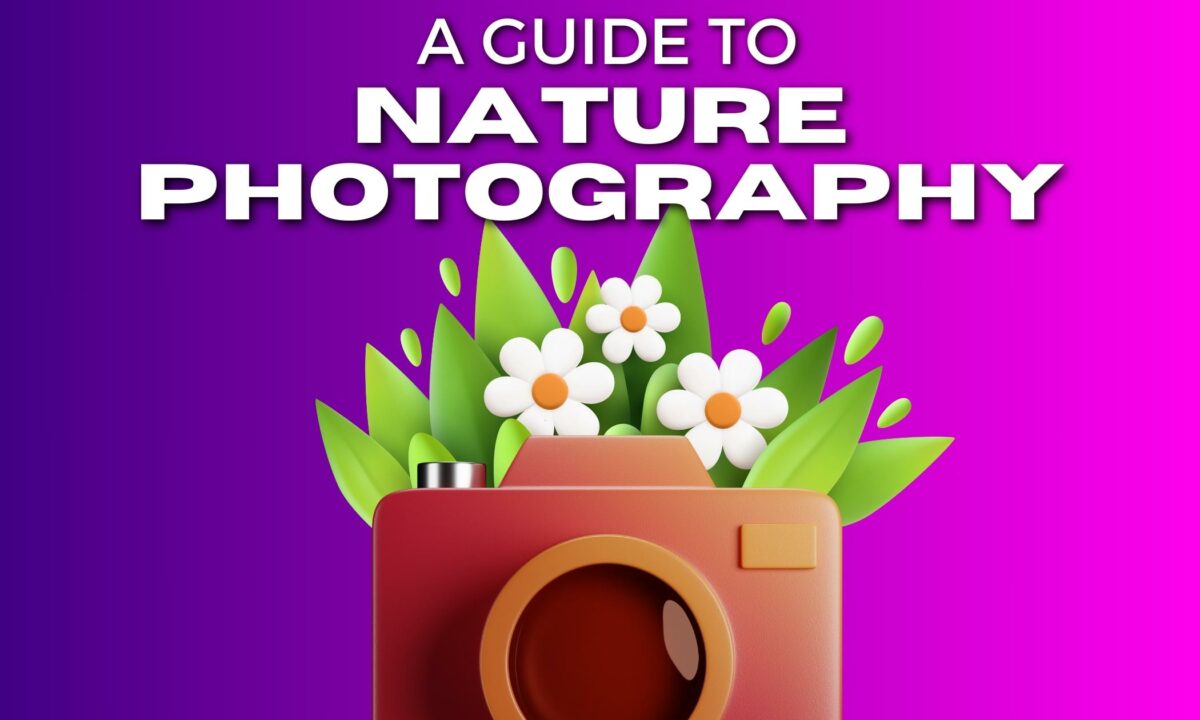
In this article, you’ll learn how to find the perfect light, frame your shots for maximum impact, and capture the essence of the natural world in a way that reflects your unique vision.
Imagine the sense of achievement when your next nature photo evokes “wows” and “how did you do that?” from your friends and family.
That’s what awaits you.
So, dive in and start turning your nature photography frustrations into triumphs!
What is Nature Photography?
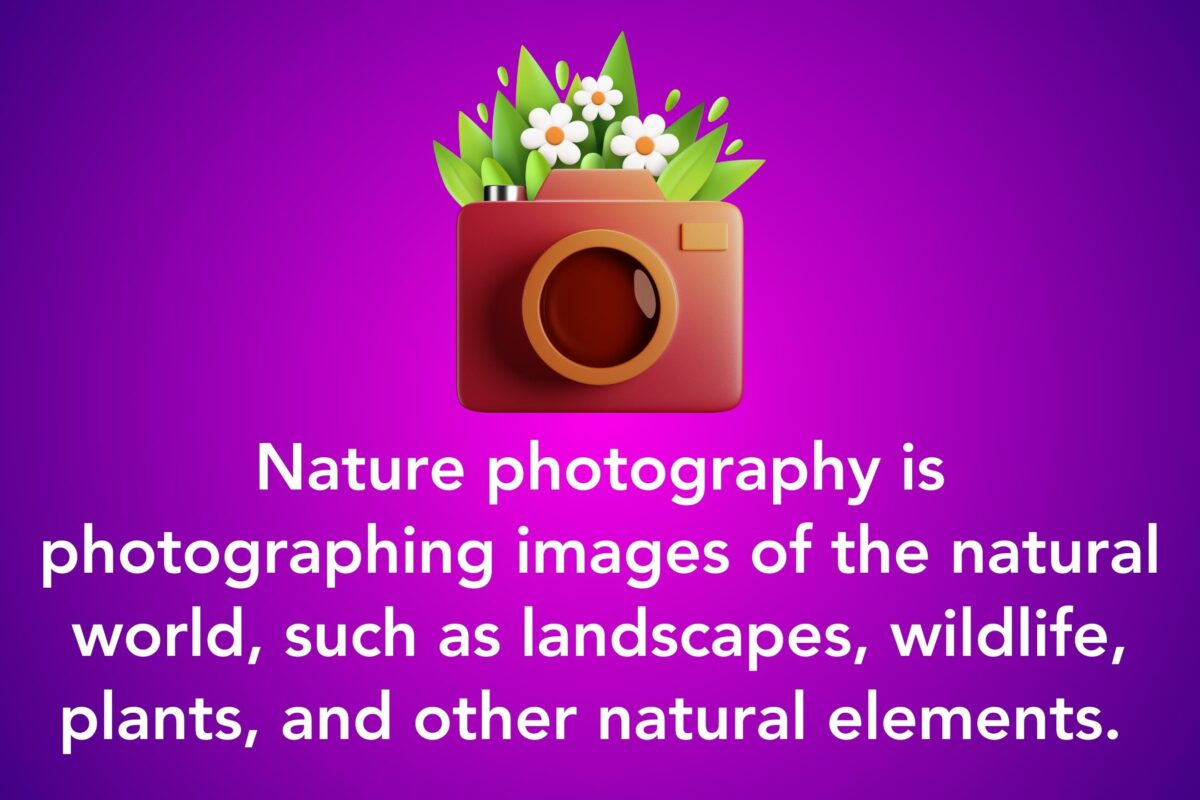
It’s a very broad genre that has many subjects and styles. Some key points about nature photography include:
- A focus on natural environments, living organisms, geological formations, and meteorological phenomena. Subjects are not man-made or human-influenced.
- Encompasses landscapes, seascapes, sunsets, wild animals, birds, insects, flowers, trees, fungi, etc.
- Can range from wide expansive vistas to intimate close-ups and macros.
- Captures the beauty, details, behaviors, interactions, patterns, and changes in the natural world.
- Requires patience and timing to capture animals or weather in the right lighting and conditions.
- Can involve traveling to lush natural habitats or photographing more common local flora and fauna.
- Aims to document, appreciate, and draw attention to nature, landscapes, biodiversity, and the environment.
- Ethical practices like avoiding disruption of ecosystems are encouraged.
- Post-processing is often used to enhance color, contrast, balance, and mood.
- Can be done recreationally or professionally, requiring skills in composition, lighting, equipment use, and editing.
Overall, nature photography is about showcasing the splendor, intricacies, and fragility of the natural world around us through visually
Locations and Subjects
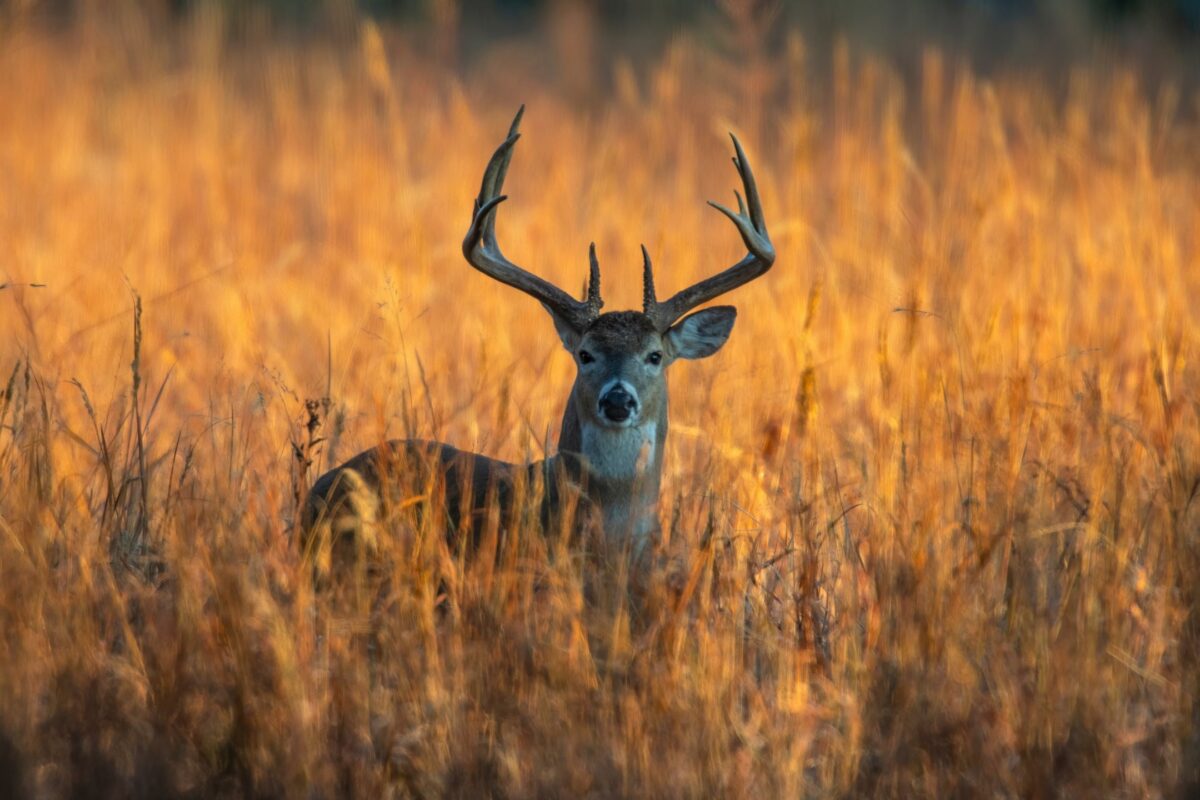
Nature photography presents an expansive canvas of locations and subjects, each offering a unique spectacle through the lens.
From the rolling hills and dense forests to the serene beaches and rugged mountains, nature’s diversity is boundless.
As a photographer, understanding and planning around the natural rhythms of the environment is key. Timing your shoots with the seasons can capture the vibrant colors of autumn leaves or the stark beauty of a winter landscape.
Also, being aware of migration patterns and bloom seasons can lead to mesmerizing shots of wildlife and flourishing flora. Finding the perfect spot to shoot involves more than just arriving at a location.
It requires exploring different vantage points, angles, and perspectives.
Whether it’s climbing to a higher elevation for a sweeping panorama or crouching low to capture the intricate details of a flower, the way you view your subject can transform the ordinary into the extraordinary.
Because in nature photography, every location is a potential masterpiece waiting to be discovered and framed through your lens.
Getting Equipped for Nature Photography
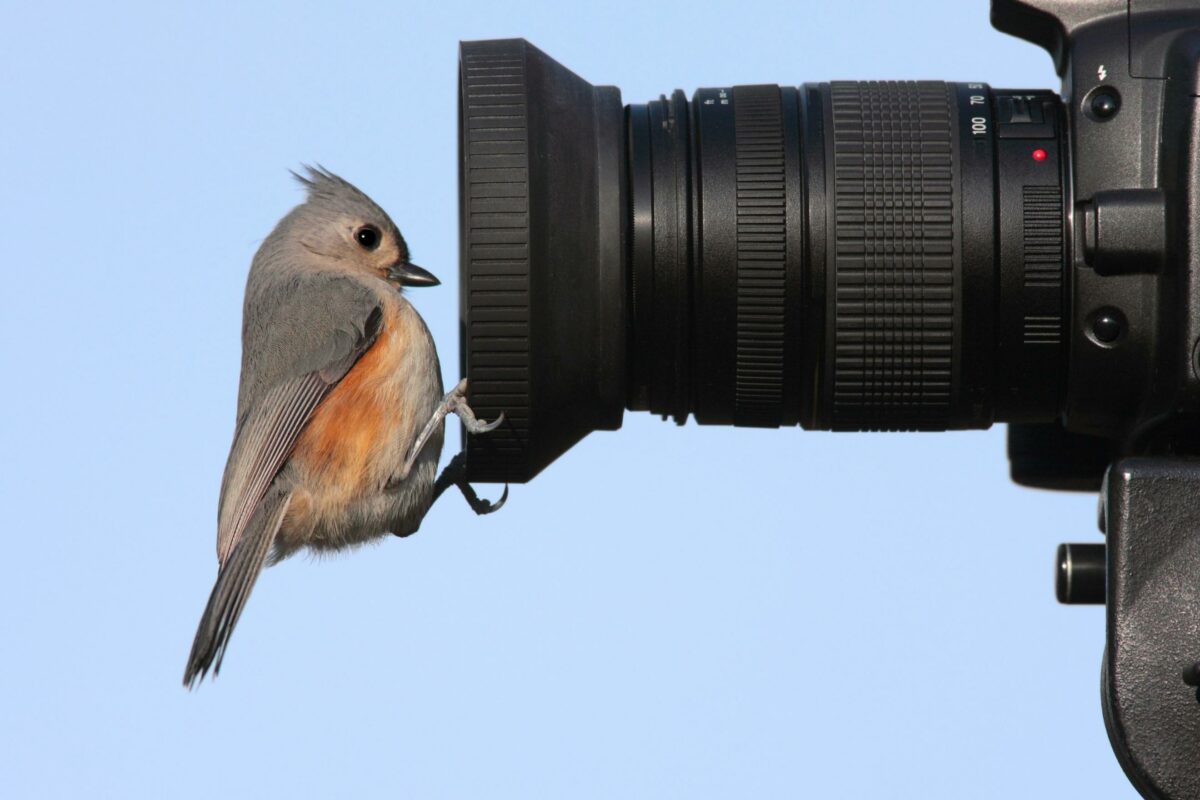
Before you head out to capture the great outdoors and all its beauty, let’s go over the equipment you should have.
Quality gear can mean the difference between an okay photo and a breathtaking one. So let’s get you set up!
Choosing the Right Camera System
Your journey into nature photography starts with selecting a suitable camera.
If you’re just starting out, consider a durable DSLR or a mirrorless system that can withstand some weather and provide the flexibility you’ll need for different shots.
- Durability: If it’s within your budget, opt for cameras with a metal alloy body. These can handle the cold and some moisture.
- Image Quality: Look for high-resolution sensors that perform well in an array of lighting situations.
- Versatility: A camera that offers both automatic and manual settings gives you room to grow as a photographer.
Must-Have Accessories for the Outdoors
When shooting in nature, your accessories are just as crucial as the camera. These items don’t just assist with photography.
They protect your gear and help you tackle the unexpected.
- Tripod: A sturdy tripod stabilizes your camera for sharp images, particularly in low light or for long-exposure shots. Look for one that’s lightweight yet stable enough to withstand windy conditions.
- Bag: A well-padded, waterproof bag is non-negotiable. It’ll safeguard your gear from the elements and make it easier to carry everything.
- Memory Card: Invest in a large-capacity, fast memory card to ensure you never run out of space and can keep up with high-resolution images.
Lenses and Their Uses
The lens is your camera’s eye, giving life and perspective to your images.
And different lenses open up a range of photographic possibilities.
- Zoom Lens: Ideal for flexibility, a zoom lens lets you capture a variety of subjects from different distances without swapping lenses.
- Macro Lens: For those close-up shots where you want to reveal intricately detailed textures of nature, a macro lens is your go-to.
- Telephoto Lens: Wildlife photography often requires a telephoto lens, allowing you to shoot from a distance without disturbing your subject.
- Filters: Using filters can protect your lenses and enhance photos, like a polarizing filter to reduce glare and improve colors.
Remember, each piece of equipment plays a pivotal role in your nature photography adventures. Choose wisely and always be ready to capture the wonders you’ll find.
The Art of Composition in Nature Photography
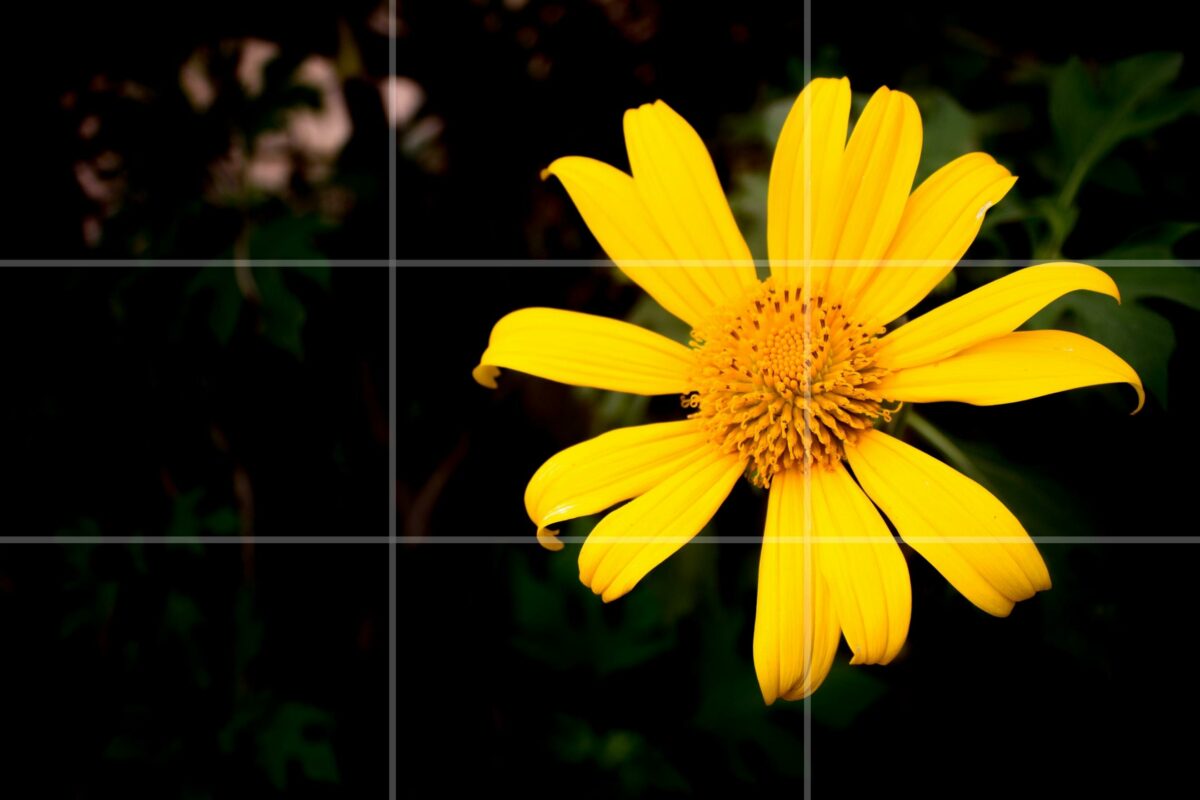
When you capture nature through your lens, the composition is your paintbrush.
It’s not just what you shoot but how you choose to frame and present your subject that can turn a simple photo into a captivating story.
Applying the Rule of Thirds
Imagine your image is divided by two equally spaced horizontal lines and two equally spaced vertical lines, creating nine parts.
Place your focal point along these lines or at their intersections for a more compelling composition.
This technique often results in a well-balanced and engaging photograph because it gives the viewer’s eye a path to follow.
- Focal Point: Position it at the intersection of the lines for impact.
- Balance: Use the thirds to manage the visual weight of elements.
Exploring Angles and Perspectives
The angle at which you shoot can drastically alter the story you’re telling.
Get low to the ground to give a sense of grandeur to the smallest flower, or take a shot from above to show the scope of a landscape.
Changing your perspective can reveal patterns, textures, and relationships in nature that aren’t visible from a standard eye-level shot.
- Patterns and Textures: Look for unique formations to add interest.
- Eye-level shots: These can connect your viewer to the subject directly.
Using Foreground Interest and Framing
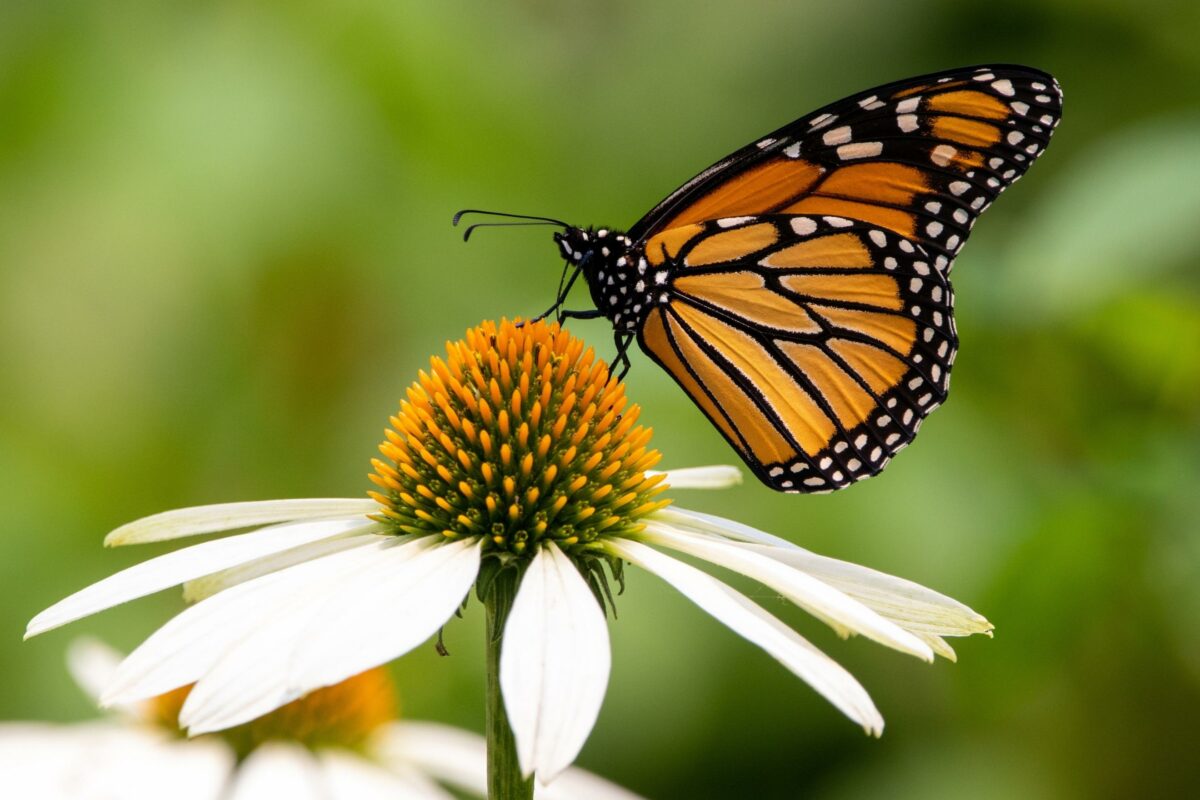
Introduce elements in the foreground to create a sense of depth and draw the viewer into the scene.
It could be a cluster of colorful leaves, a rugged rock formation, or a tranquil pool of water. Using natural frames like tree branches, archways, or even overhanging cliffs can focus attention on your main subject, eliminating clutter and emphasizing where you want your viewer to look.
- Depth: Foreground interest leads the eye into the photo.
- Natural Frames: Simplify the composition and clear away distractions.
By applying these principles, you can turn your nature photographs into engaging stories that captivate and inspire.
Tip: The rules are there to guide you, but your unique perspective is what truly brings a photograph to life.
Discovering the Beauty of Light
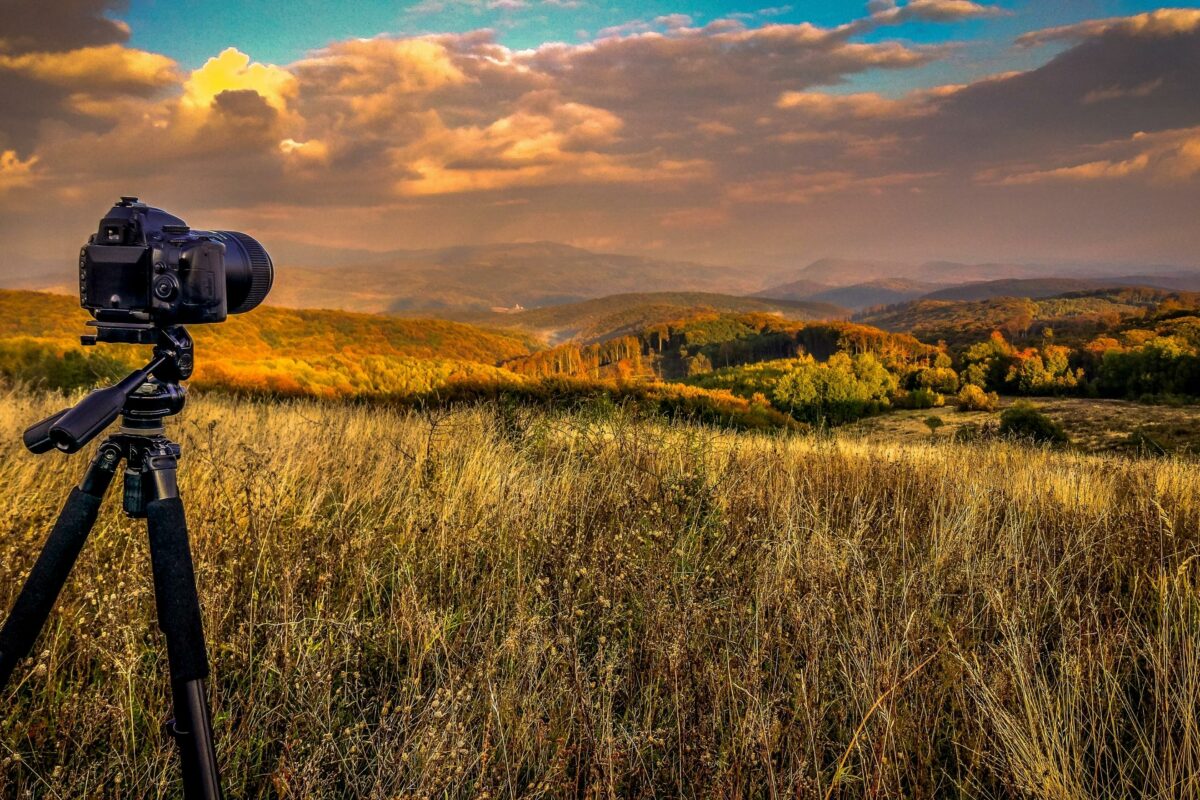
When you’re beginning your journey in nature photography, understanding how to harness light is pivotal.
It shapes the mood, dimension, texture, and even the story of your photographs.
Working with Natural Light
Natural light can vary in intensity and quality throughout the day, profoundly affecting your images. It’s essential to observe how light interacts with the environment.
Golden hour, the period shortly after sunrise or before sunset, provides a soft, warm light that enhances skin tones and landscapes.
Conversely, midday light can be harsh and create strong contrast and deep shadows.
- Shoot During Golden Hours: Early morning or late afternoon for a softer, diffused light.
- Overcast Conditions: For even, low-contrast illumination.
Understanding Color Temperature and Contrast
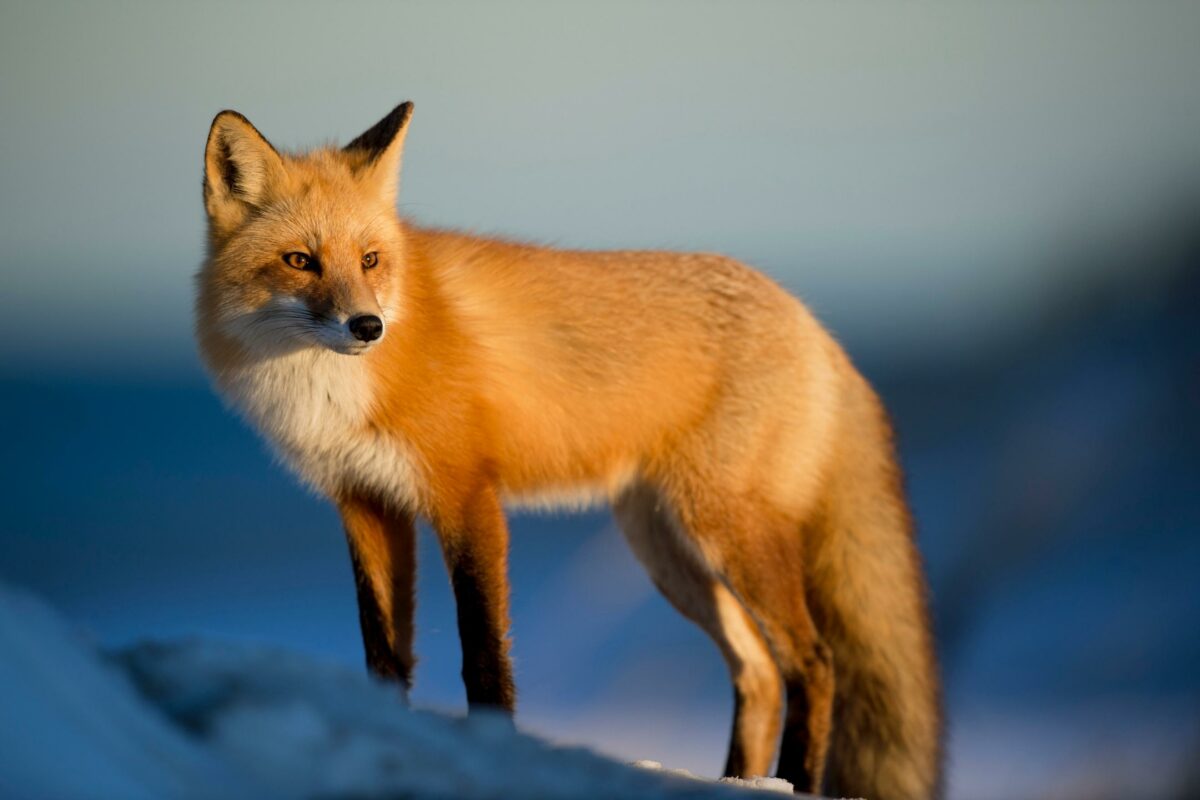
Color temperature influences the emotional appeal of your images.
Measured in Kelvin, color temperature ranges from warm (golden) to cool (blue) tones. Natural lighting during the golden hour tends to be warmer, whereas twilight often casts a cooler blue hue.
Learn to adjust your white balance settings to best capture the scene’s natural palette.
- Warm Light (~2000K – 3000K): Sunrise and sunset, adding coziness.
- Cool Light (>5000K): Overcast days or shade can create a calming effect.
Creative Techniques with Shadows and Highlights
Shadows and highlights add a three-dimensional quality to your photos and define shapes and textures.
Experiment with backlighting, where the light source is behind the subject to create a rim light or silhouette, adding drama and depth to your images.
And embrace contrasting elements, where the interplay of light and shadow can tell a dramatic visual story.
- Experiment with Backlighting: Place the sun behind your subject for a glowing effect.
- Capture Contrasts: Use the dynamic range of light and dark to reveal contours and details.
Your understanding of natural light and its characteristics is a powerful tool.
Plus, when you study and work with the different aspects of light, you can truly up your nature photography game from simple snaps to lasting pieces of artwork.
Photographing Various Subjects Out in Nature
Becoming a nature photographer opens a portal to capture the spirit of the earth’s diversity, from vast landscapes to the intricate details of a tiny mushroom.
So put on your explorer’s hat because we’re about to talk about 3 fundamental areas that’ll showcase the marvels of our natural world through your lens.
Landscape Photography Fundamentals
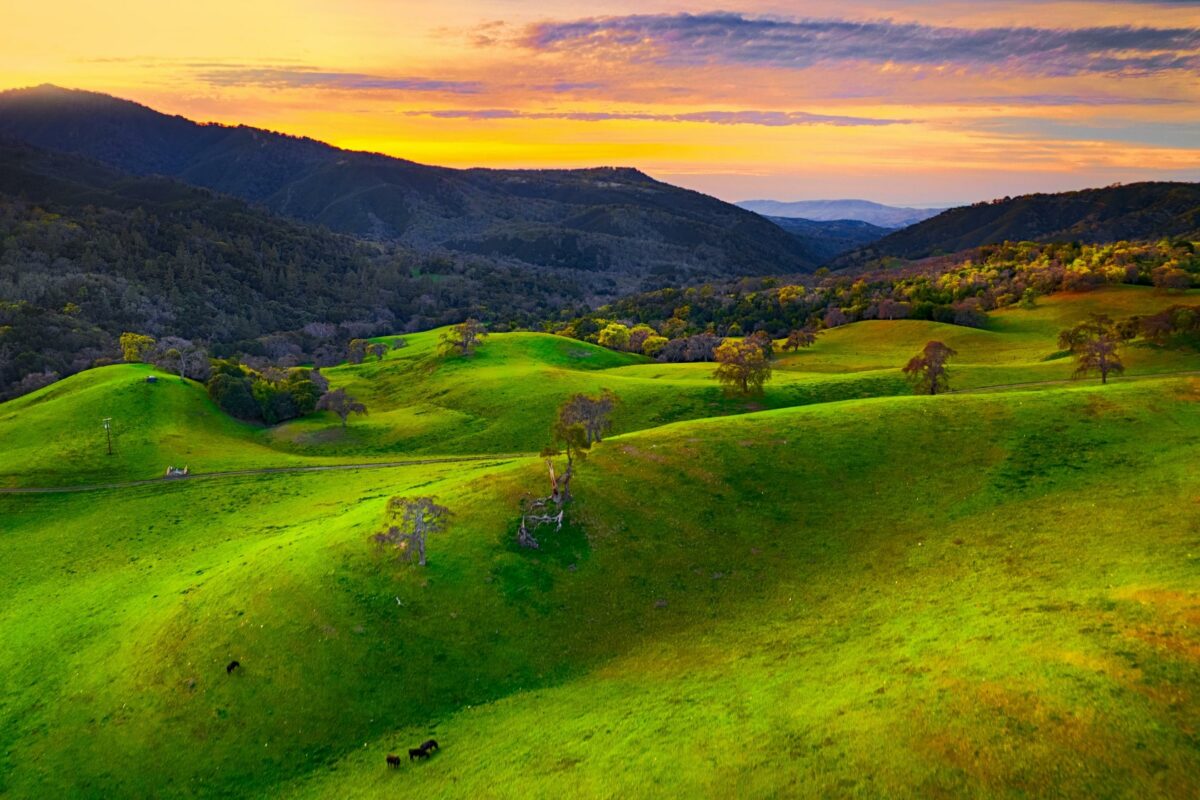
Picture yourself standing before a breathtaking expanse.
The goal here is to share the majesty of landscapes. Start with these steps to guarantee your landscape photographs tell a compelling story:
- Find a Focal Point: Every impactful landscape image needs a focal point, whether that’s a mountain peak, a tree, or the intricate lines of spider webs adorning the bushes.
- Master Composition: Use the rule of thirds to guide your composition, placing waterfalls or horizons along imaginary lines that divide your frame into nine equal segments.
- Capture Varied Lighting: Return to the same scene at different times to catch the full range of light, from the soft glow of dawn to the golden hues of sunset.
The Thrill of Wildlife Photography
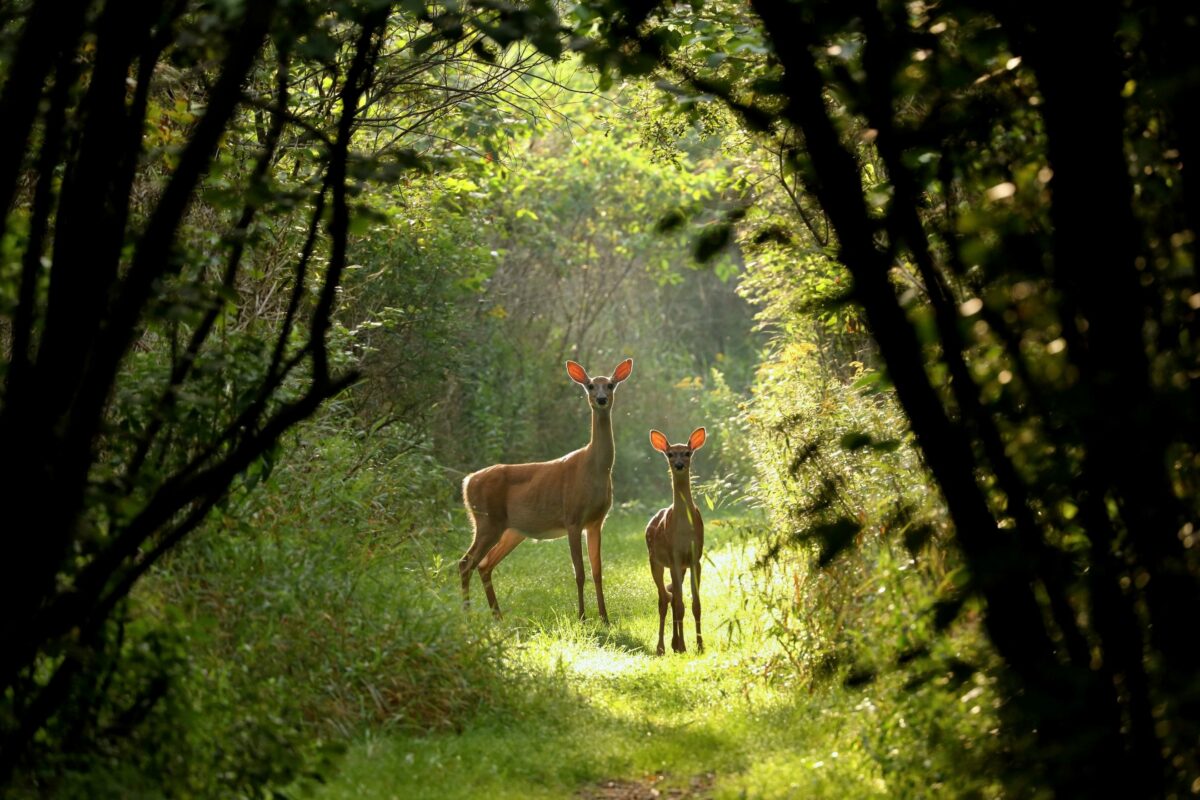
Now, turn your attention to the animate wonders of the wild.
Because wildlife photography is a thrilling adventure. It demands patience and respect for our furry and feathered companions.
So, keep these tips in mind:
- Learn About Your Subject: Understanding the behavior of animals helps you anticipate action. Did you know a deer might flick its ears right before sprinting away?
- Stay Invisible: Blend in with your surroundings to avoid startling wildlife. The more invisible you are, the more natural your shots will be.
- Safety First: Always keep a safe distance for both your and the animal’s well-being.
The Delicate World of Flora and Macro Subjects
Exploring microenvironments, flora, and macro photography, allows you to discover a world often unnoticed.
This realm is where the magic of photography makes the miniature monumental.
- Focus on Detail: Flowers, mushrooms, and insect life thrive on detail. Use a macro lens to capture textures and colors up close.
- Play With Depth: A shallow depth of field will make your subject stand out while softly blurring the background.
- Explore Different Angles: Get down to the level of a beetle or shoot a flower from underneath to impart a unique perspective on familiar subjects.
Embrace these aspects of nature photography, and you’ll find yourself crafting stories with every image.
Whether it’s the grandeur of a landscape, the candid moments of wildlife in action, or the intricate beauty of the world up close.
Frequently Asked Questions
What essential equipment do I need to start nature photography?
To start nature photography, you need a camera with manual settings to control exposure and focus. A DSLR or mirrorless camera with a good zoom lens can provide versatility for various subjects. Consider a sturdy tripod for stable shots, and memory cards with ample storage space.
What are some basic nature photography techniques for beginners?
Begin with mastering the rule of thirds for composition to make your images more dynamic. Learn to adjust shutter speed to capture movement, such as a flowing river or rustling leaves. Utilize natural light effectively by shooting during the golden hours at sunrise and sunset for softer lighting.
How can I improve my wildlife photography as a beginner?
Patience is key in wildlife photography. Spend time observing animal behaviors and practice quiet, respectful approaches to avoid disturbing them. Using a telephoto lens can help you capture close-up shots while maintaining a safe distance for both you and the wildlife.
What are common mistakes to avoid in nature photography?
Avoid the mistake of not checking your camera settings before shooting. Each environment may require different settings, so be adaptable. Also, be careful not to over-process your images, as this can lead to unnatural-looking results that detract from the beauty of your subject.
How do I choose the right camera settings for outdoor photography?
Consider the scene’s dynamic range and adjust the ISO, aperture, and shutter speed accordingly. Lower ISOs are preferable for high-quality, noise-free shots, while aperture impacts depth of field. Shutter speed adjustments can freeze motion or create a sense of movement in your photographs.
